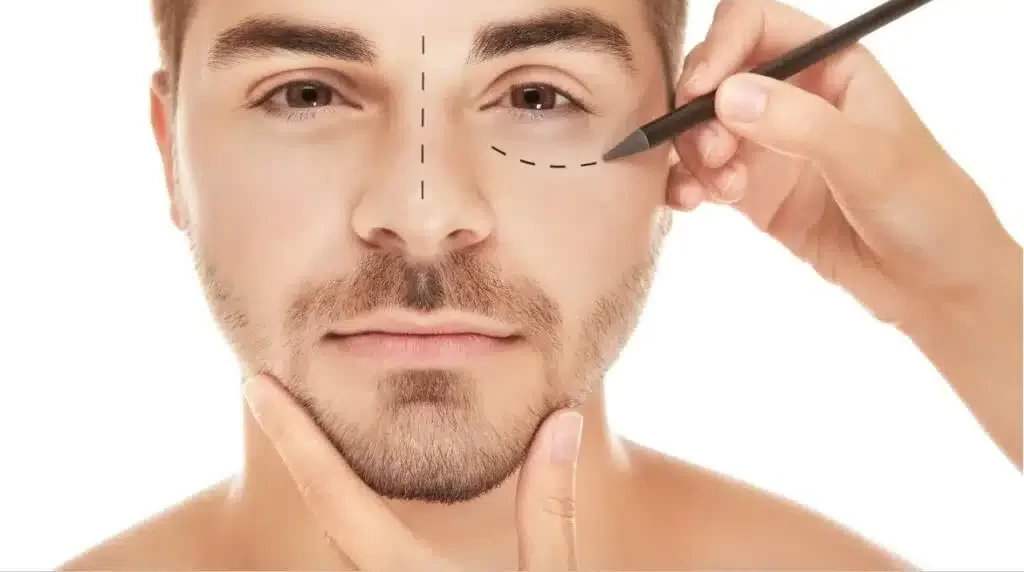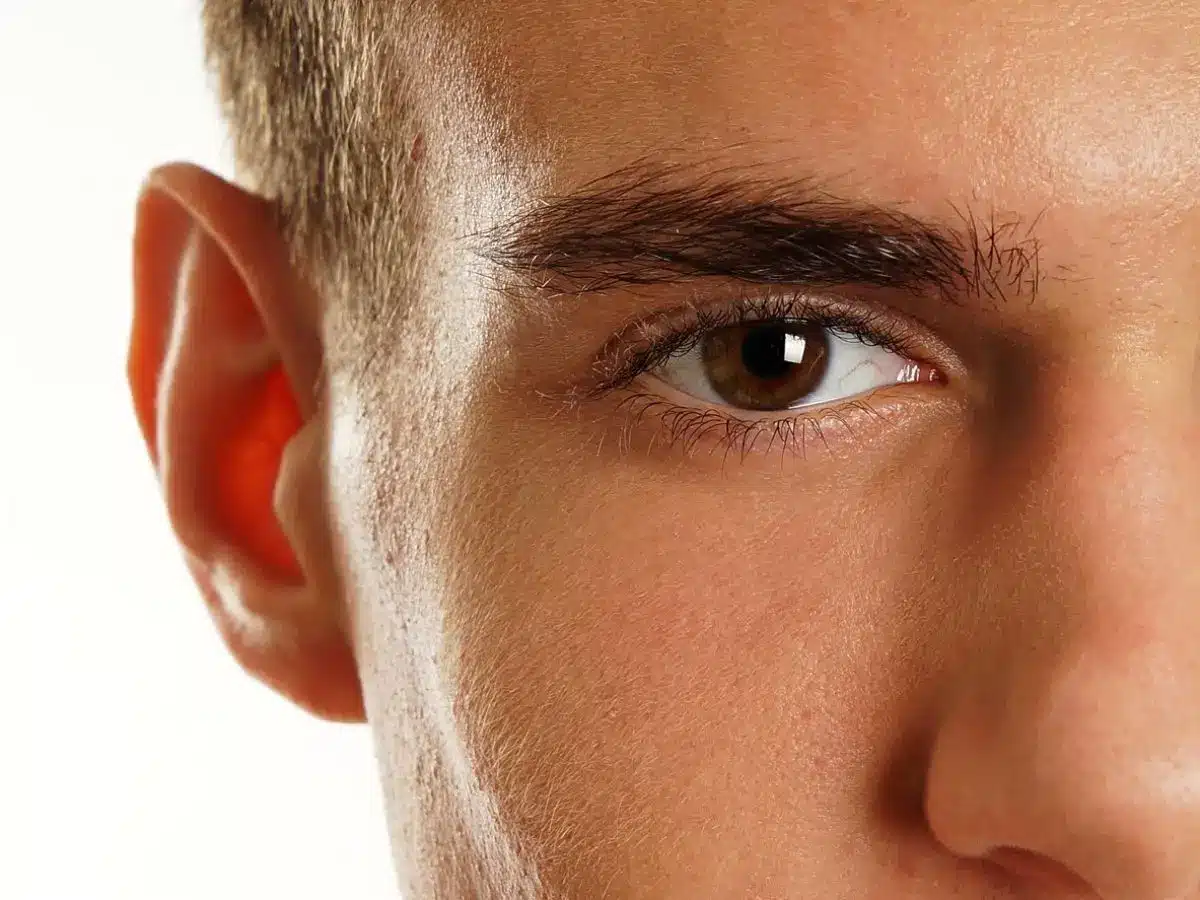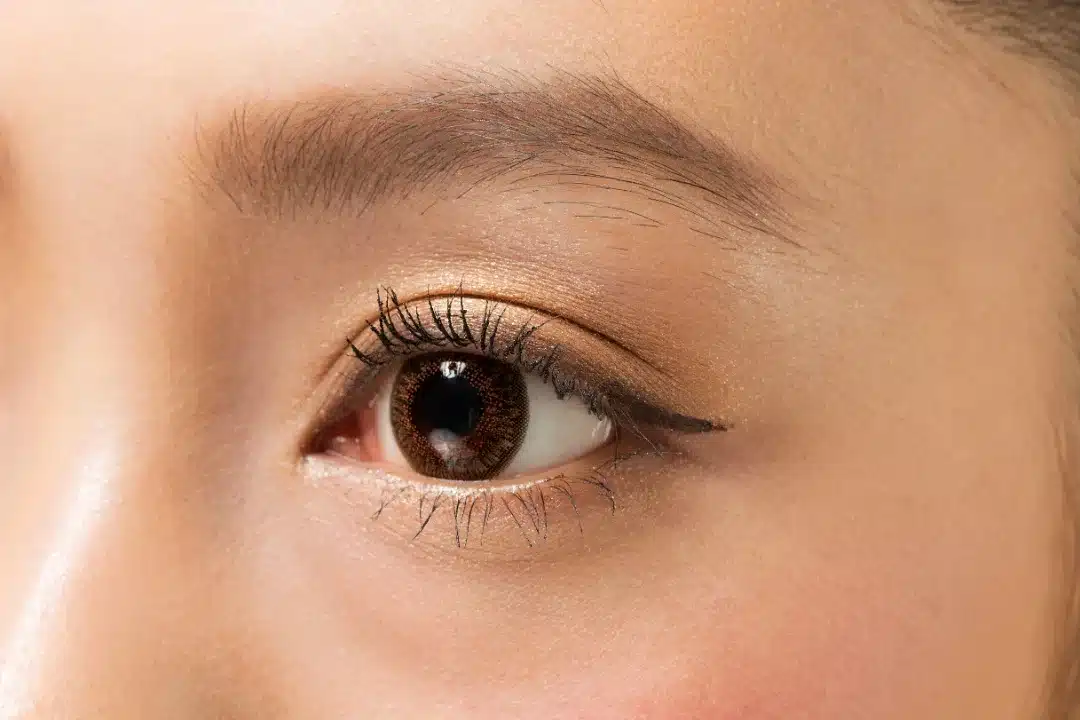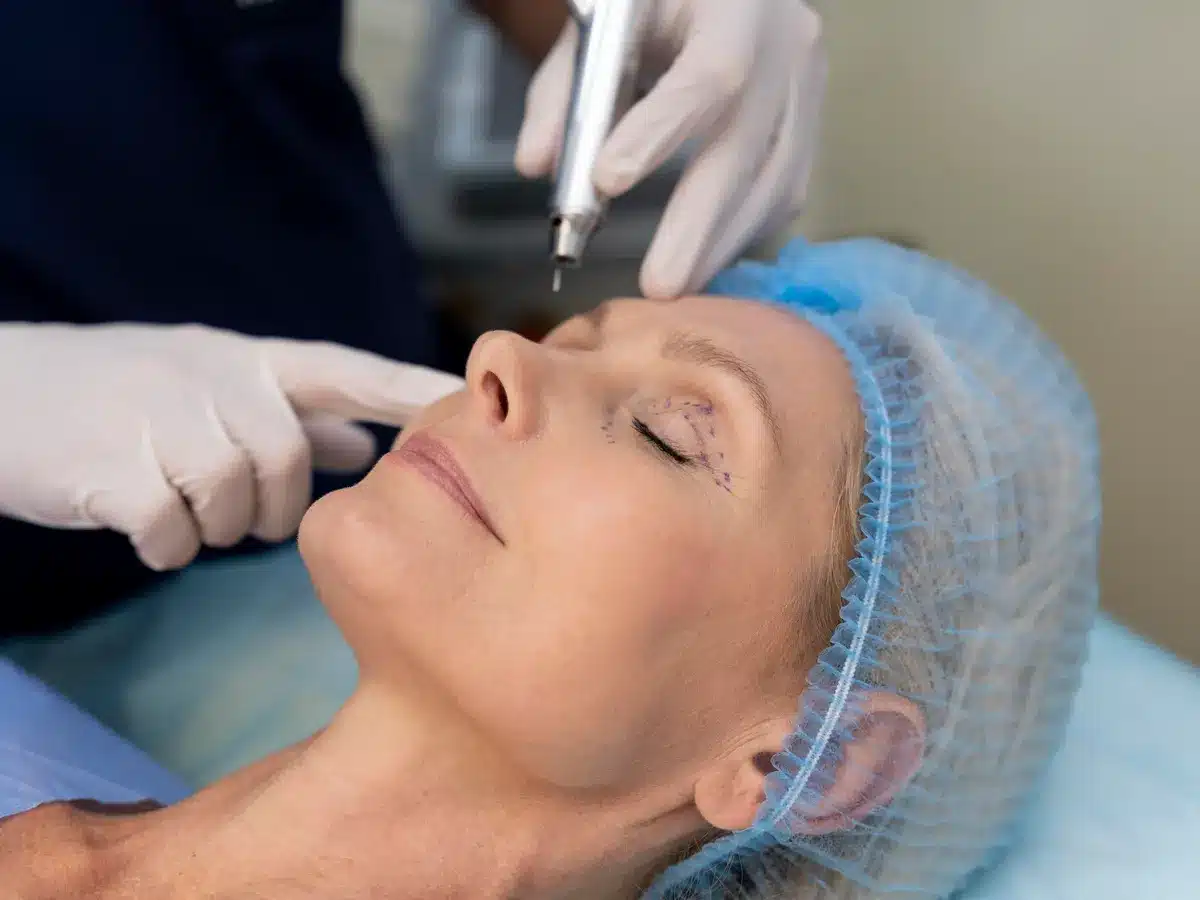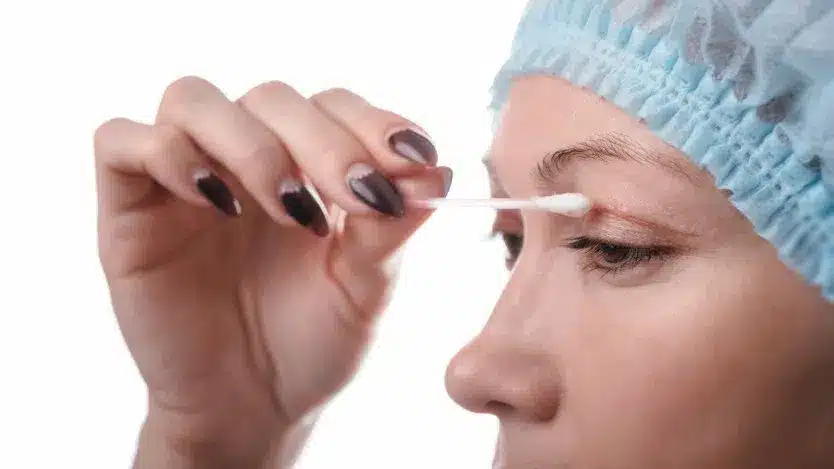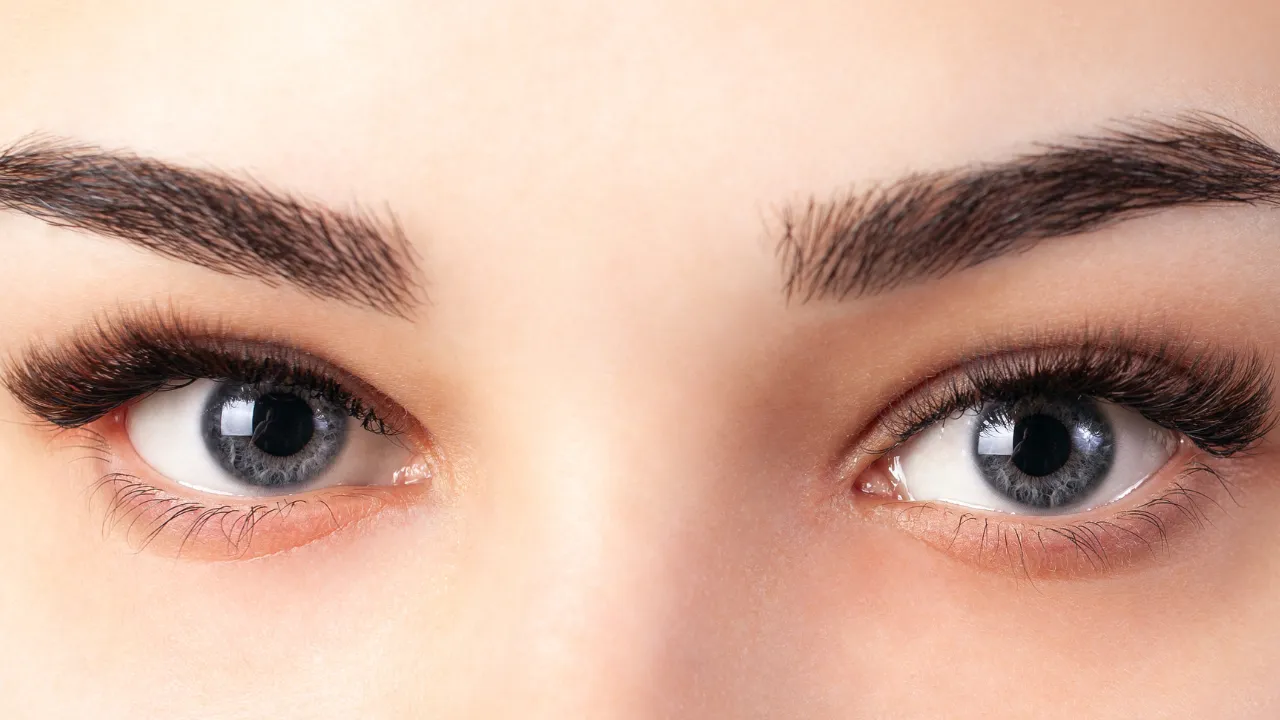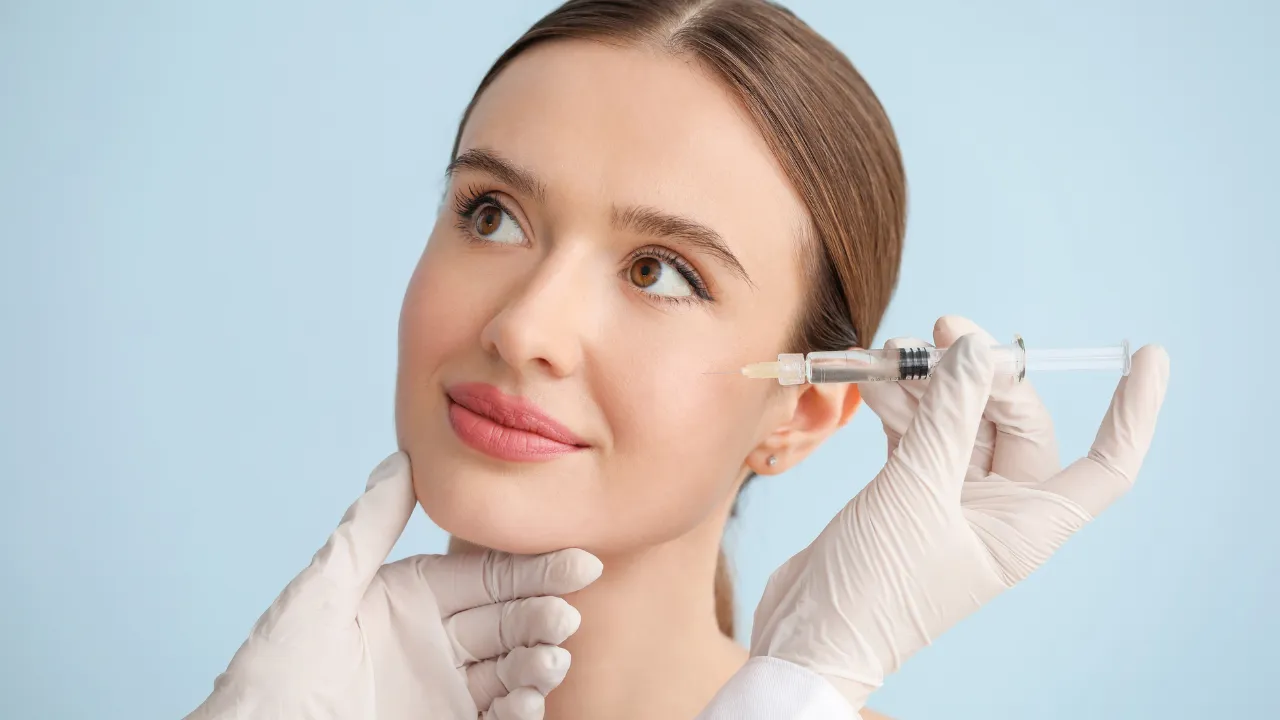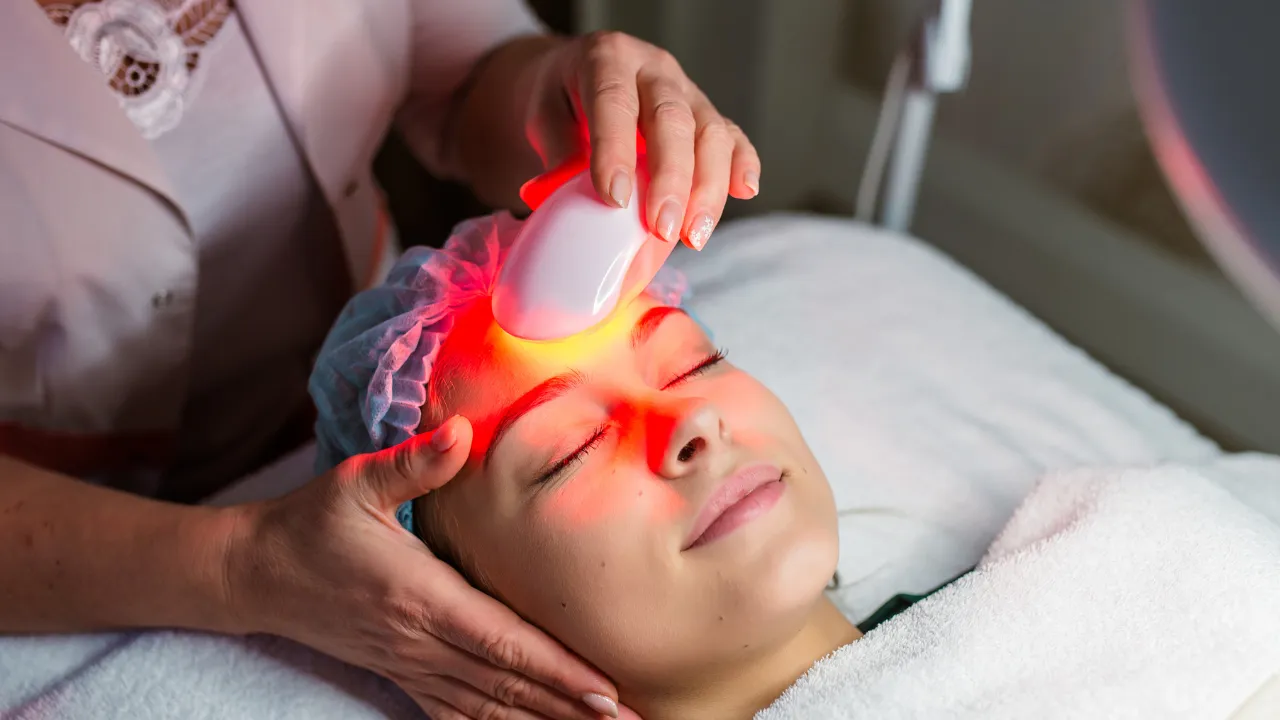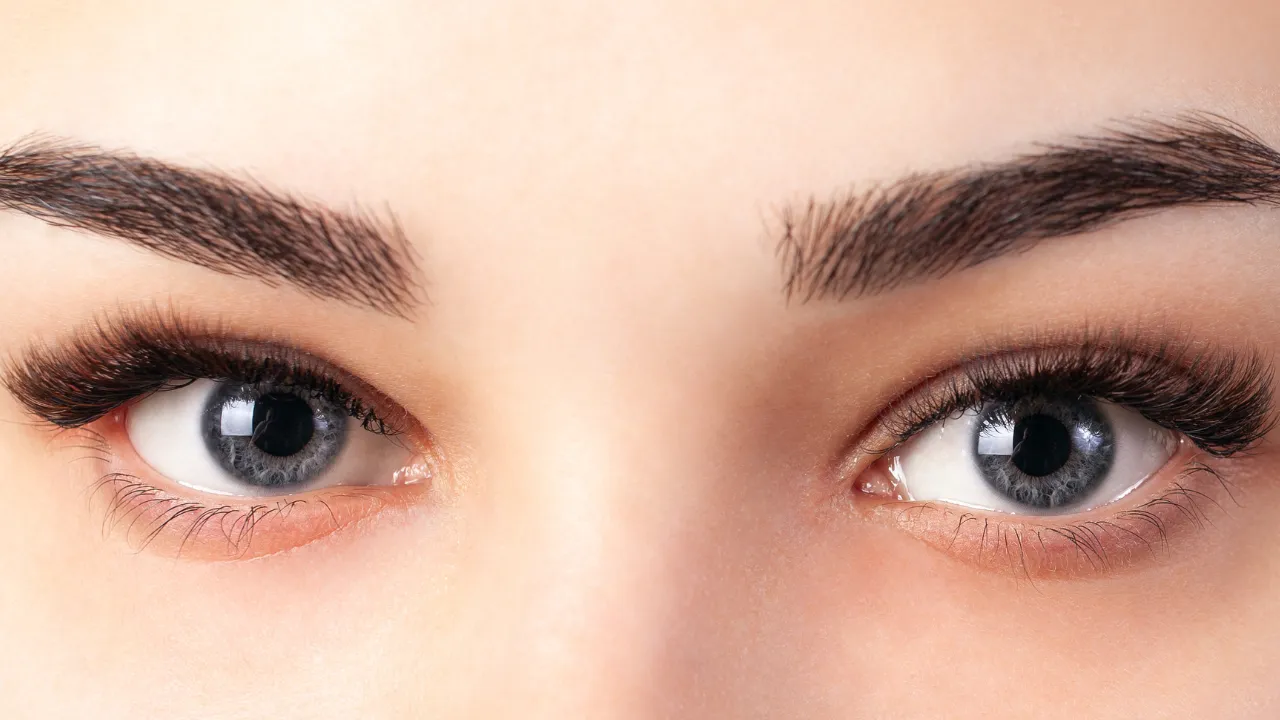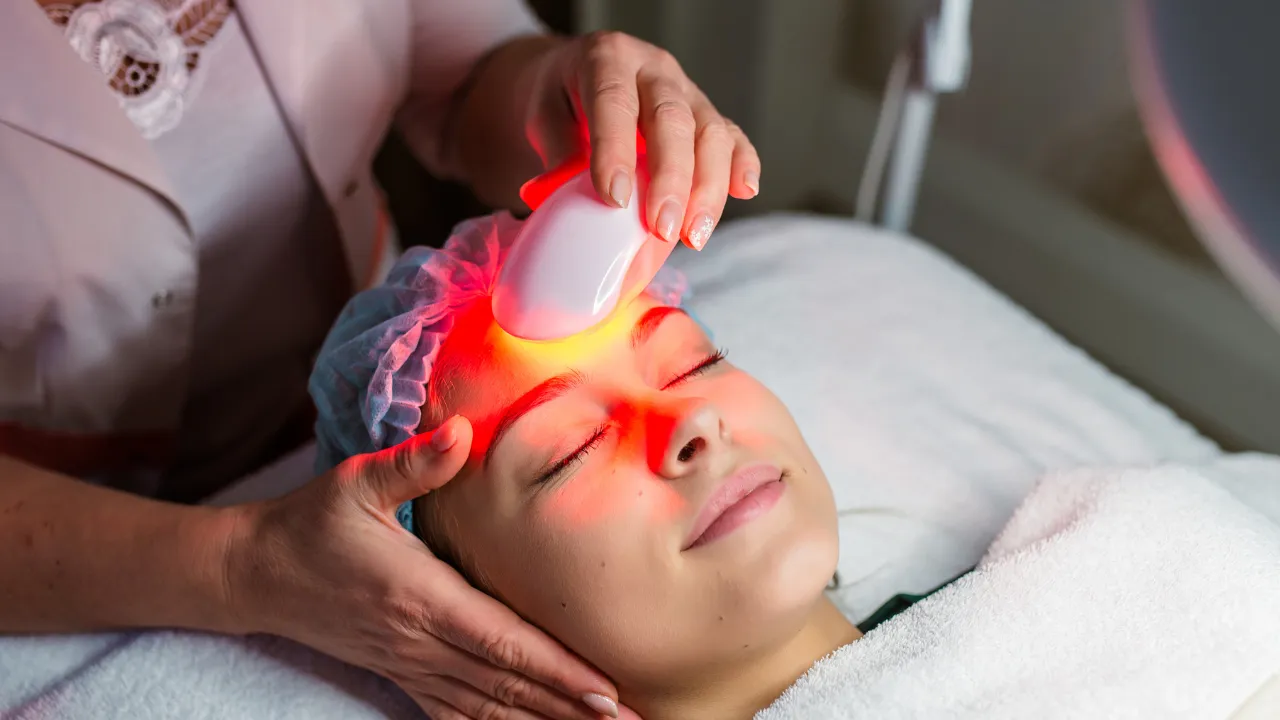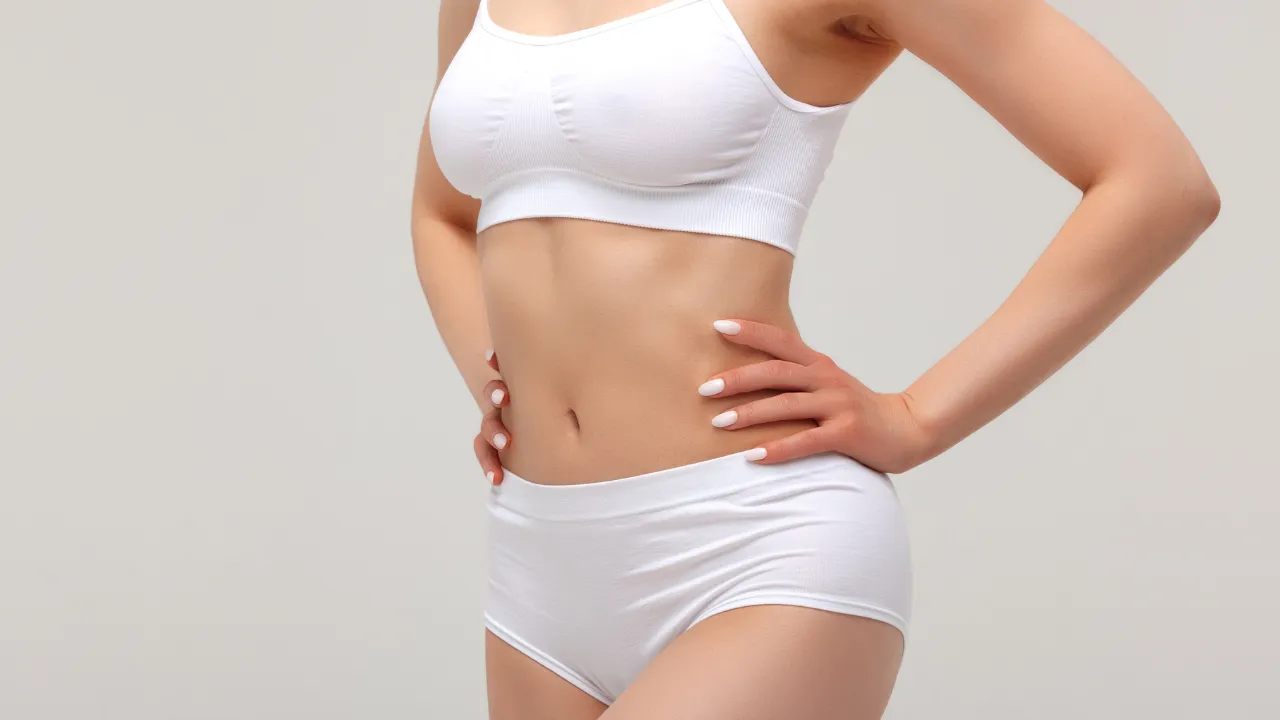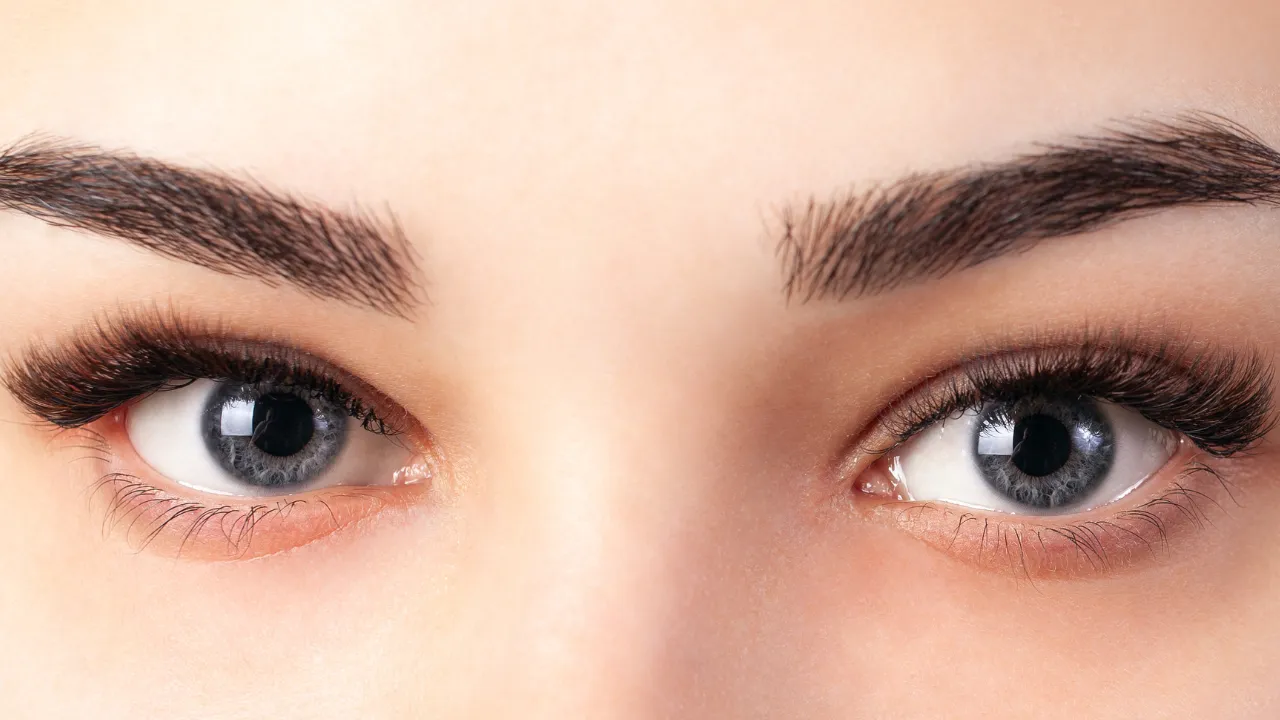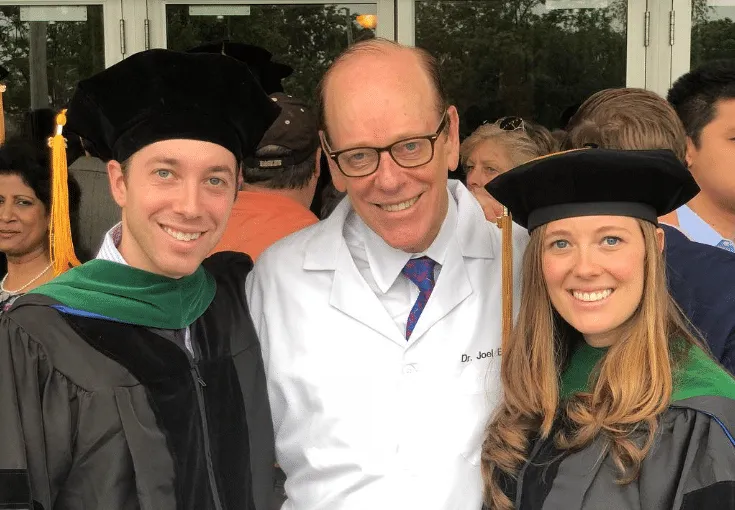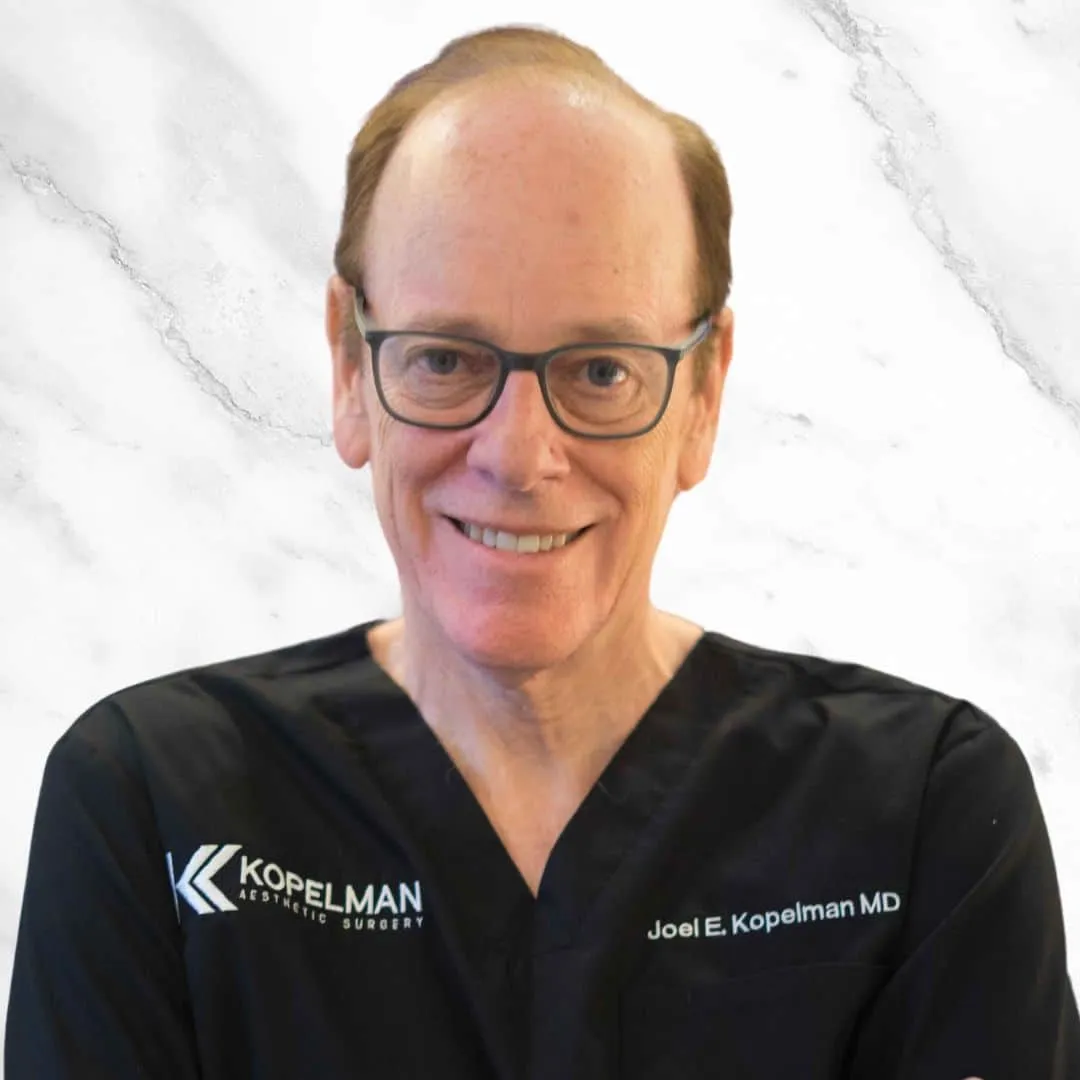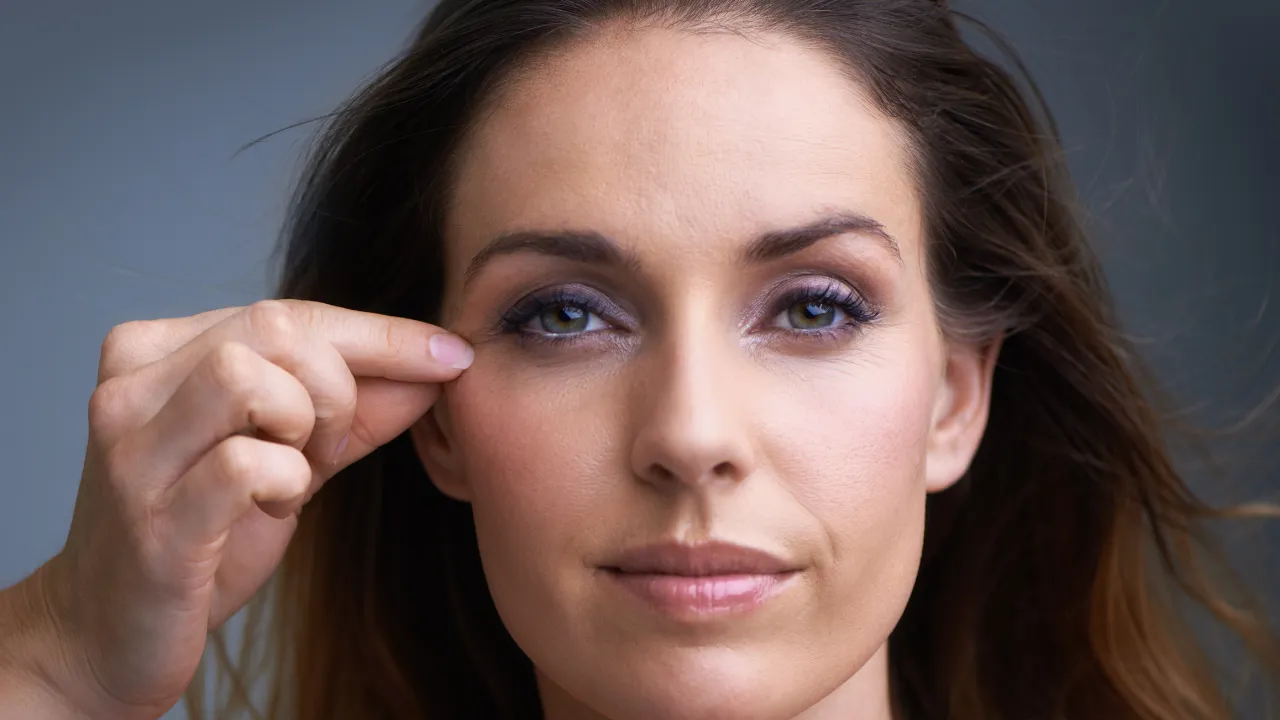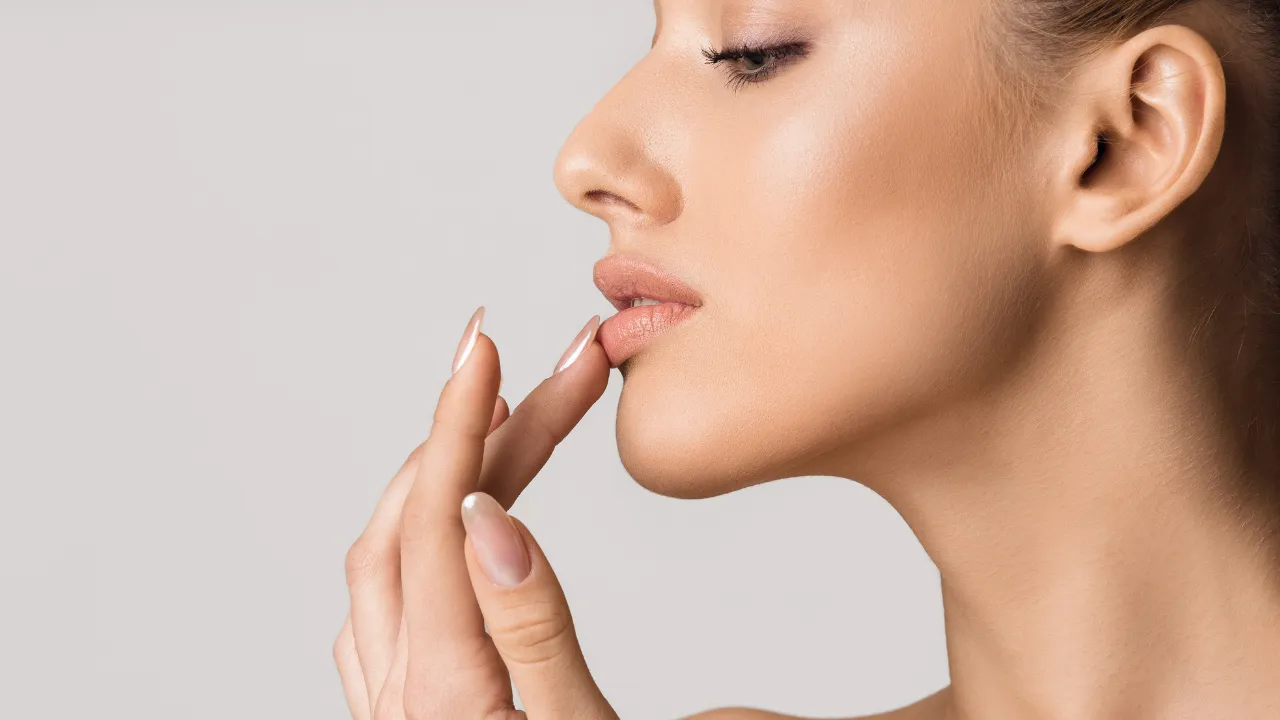At Kopelman Aesthetic Surgery in New York City, Dr. Joel Kopelman offers proven plastic surgery techniques to help patients look younger and more refreshed.
Lower blepharoplasty without fat transfer is a type of eyelid blepharoplasty that improves the lower eyelids without adding fat from another area of the body. It smooths under-eye bags, reduces puffiness, and creates a younger look.
This guide explains what lower blepharoplasty without fat transfer is, how it works, and what results you can expect.
Key Takeaways
- Lower blepharoplasty without fat transfer reduces under-eye bags by removing or moving eyelid fat without adding new fat.
- It is best for patients with puffiness or excess skin but little to no volume loss in the eye area.
- Recovery takes one to two weeks for daily activities, with final results showing as swelling fades.
- Choosing a board-certified surgeon like Dr. Joel Kopelman ensures safe treatment and reliable results.
- Results can last many years with good skin care, sun protection, and occasional non-surgical treatments.
Table of Contents
ToggleProcedure Overview
What the surgery involves
This surgery removes or repositions fat and tightens skin under the eyes. In some cases, a small skin excision is performed to remove loose tissue and improve the contour of the lower lid. The goal is a smoother lower eyelid and cheek area. Because no fat is added, the results focus on reducing puffiness and keeping a natural eye shape.
Who is a good candidate
Good candidates are adults with under-eye bags, mild loose skin, or fat bulges who do not need more volume. Patients should be healthy, have stable vision, and realistic goals. A consultation with a skilled oculoplastic surgeon confirms if the surgery is right.
Do you need fat transfer with lower blepharoplasty?
Fat transfer is not needed for many patients. Those who only want to remove puffiness or extra tissue often benefit from surgery without fat grafting. The surgeon will decide if fat removal or fat repositioning alone can give the best results.
Surgical Anatomy and Decision Factors
The lower eyelid has layers like fat pads, the orbital septum, and canthal tendons. These affect how surgery is planned and which approach is safest.When choosing between the two main approaches, surgeons look at:
- Skin laxity – patients with firm skin often do well with the inner incision.
- Muscle tone – strong support makes the inside approach safer.
- Fat bulging or excess skin – extra fat or loose skin may need the outer incision.
These factors guide the surgeon in picking the best plan.
Technique Options
Transconjunctival approach
Here, the incision is made inside the eyelid. Eyelid fat is removed or moved without leaving an external scar. This works well for younger patients with good skin tone.
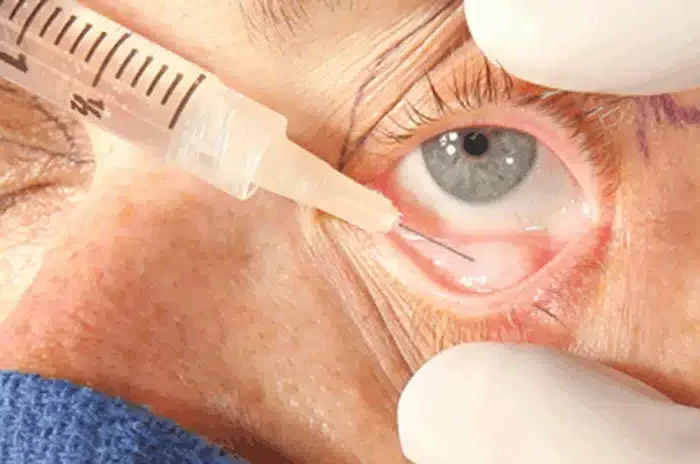
Transcutaneous approach
In this method, the incision is just below the lash line. It allows the surgeon to treat both fat and skin at once. The scar usually heals well and is hard to see.
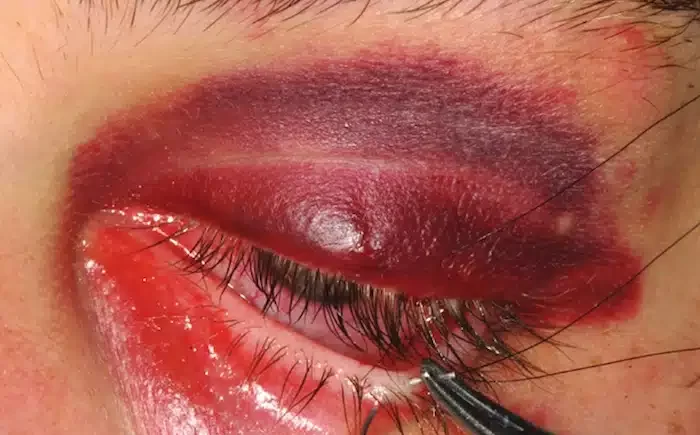
Alternative to under-eye fat transfer
Patients who need more volume but want to avoid fat grafting can choose fillers or skin treatments. Fillers can soften a tear trough hollow, while laser resurfacing improves fine lines and skin texture. These non-surgical choices give results but need repeat sessions.
Case Examples and Expected Results
Dr. Joel Kopelman has treated many patients with puffiness or bulging fat. One patient with firm skin had great results from an inside incision with no visible scar.
Another patient with loose skin required the outer incision plus skin excision and careful fat transposition to create a smooth lid–cheek line. These cases show how results depend on personal anatomy.
Photos before and after surgery usually show flatter eyelids and a brighter look. Patients often feel they look more rested within weeks. Results give a natural but noticeable change.

Cost and Recovery
Cost of lower blepharoplasty without fat transfer
Costs depend on the surgeon’s skill, the clinic, and the city. In New York City, surgery may cost around $8,500, which typically includes anesthesia and facility fees. The exact price can vary based on individual needs and whether additional treatments such as skin excision are required. A full estimate is given at consultation.
Recovery timeline and aftercare tips
Most patients notice swelling or bruising for one to two weeks. Ice packs, medicines, and keeping the head raised help recovery. Following aftercare instructions improves healing.
When you can return to daily activities
Most people return to light tasks after one week. Normal routines and exercise often resume in two to three weeks. Swelling keeps improving for several months until final results show.
Benefits and Risks
Advantages of avoiding fat transfer
This method avoids risks tied to fat grafting, like uneven absorption or too much volume. It keeps results simple and natural. The focus is on smoothing puffiness and tightening eyelid skin.
Risk Management and Safety Measures
Dr. Kopelman uses careful techniques to reduce risks. He removes fat conservatively, supports the eyelid for good position, and controls bleeding during surgery. Patients also receive detailed care instructions to prevent infection and support healing.
Possible side effects and complications
Bruising, swelling, or mild pain are common but temporary. Rare risks include bleeding, infection, or changes in eye shape. An experienced surgeon helps lower these risks.
Choosing a Surgeon
Finding lower bleph without fat transfer near me
Choose a board-certified oculoplastic or facial plastic surgeon with years of experience. Look at photos, read reviews, and check credentials. This ensures safe and reliable care.
Dr. Kopelman’s Credentials
Dr. Joel Kopelman is board-certified with over 35 years of eyelid surgery experience. He has performed thousands of procedures and trained other professionals. His strong record and patient-focused care make him a trusted choice.
Key questions for your consultation
Ask about which technique fits your needs, the recovery process, and possible risks. Make sure the surgeon performs lower eyelid lift or lower eyelid surgery without fat transfer often. A clear consultation builds trust and sets expectations.
Comparing Procedures
Lower blepharoplasty vs fat transfer options
Lower eyelid surgery without fat transfer removes or shifts fat, while blepharoplasty with fat adds volume to fill hollows or smooth the lid–cheek junction. Patients with bags often choose surgery alone, but those with hollowing may benefit from both. Dr. Kopelman helps patients decide based on their goals.
Long-Term Maintenance of Results
Results often last for many years, though aging continues. Good skin care, sun protection, and a steady weight help keep results. Dr. Kopelman may suggest treatments like laser resurfacing or fillers to refresh the eye area over time.
FAQs about Lower Blepharoplasty Without Fat Transfer
1 How long does the surgery take?
2 Will I have visible scars?
3 Is the procedure painful?
4 Can it be combined with other procedures?
If you are considering lower blepharoplasty without fat transfer, a personal evaluation is the best next step. Contact Kopelman Aesthetic Surgery to schedule a consultation with Dr. Joel Kopelman and discuss your goals, treatment options, and a customized plan for a refreshed appearance.

